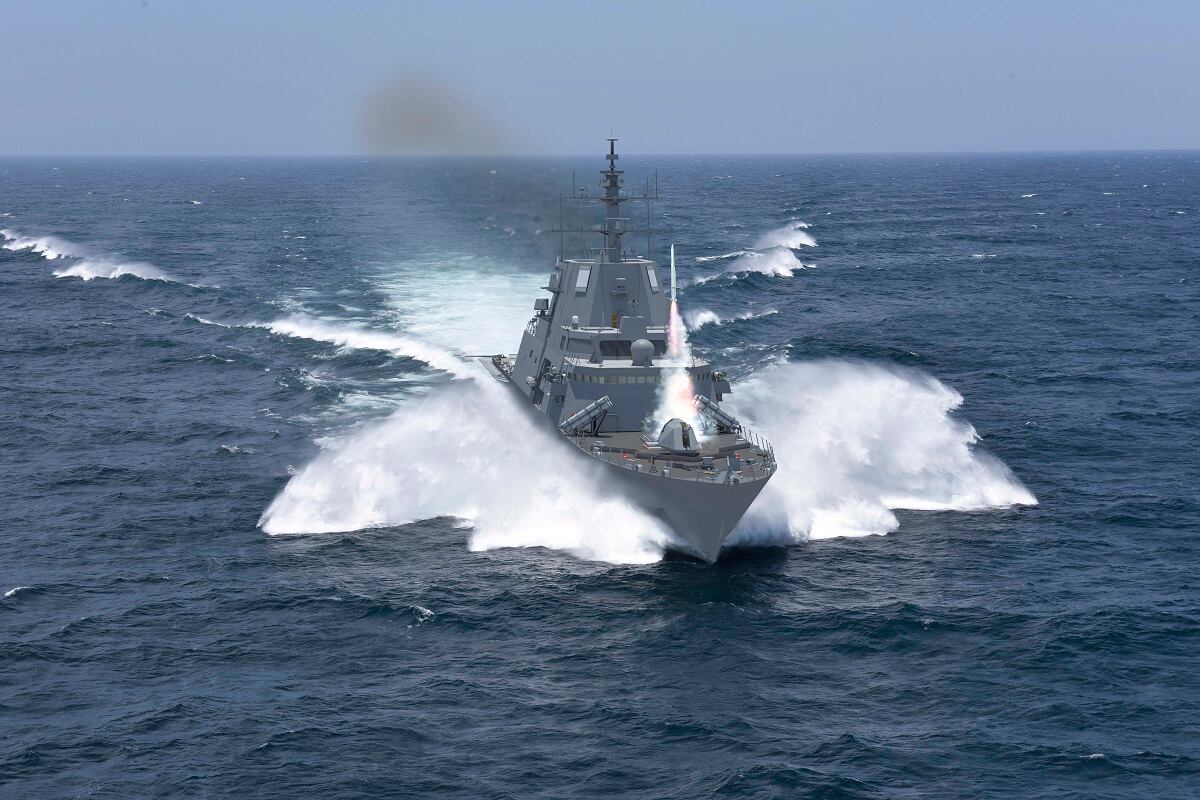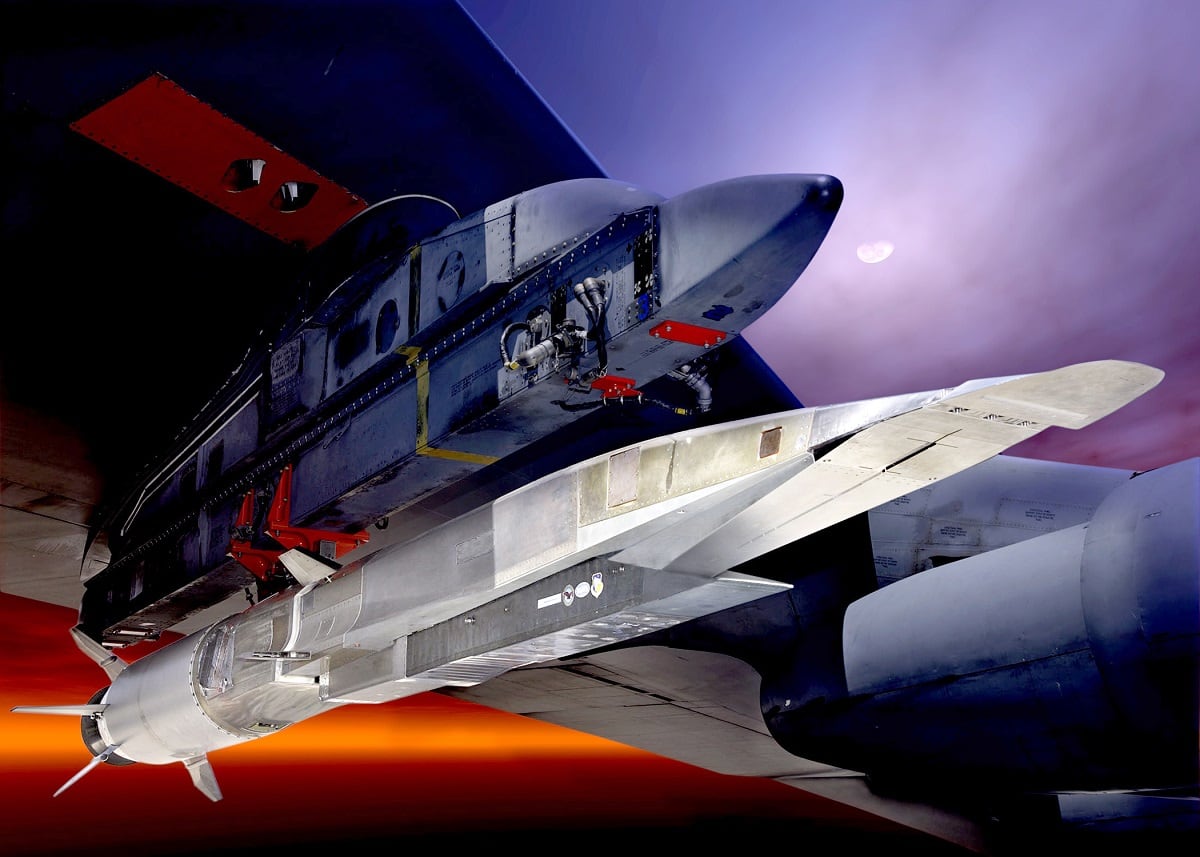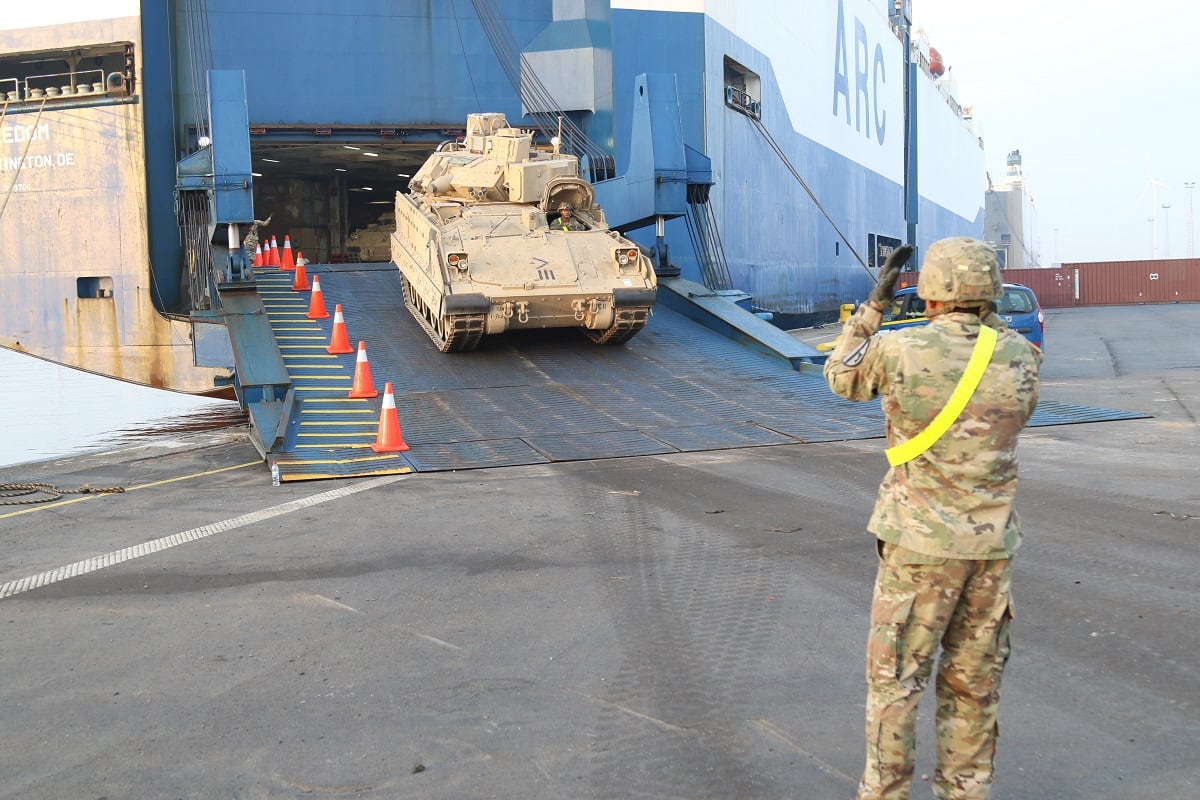WASHINGTON — The U.S. Navy’s top officer released an updated version of his strategy document Monday, an expanded version heavy on goals for specific programs that extend beyond his tenure as chief of naval operations.
Almost twice the length of the first edition, Adm. John Richardson’s Design for Maintaining Maritime Superiority version 2.0 expands on some of the concepts laid out in 2016, and functions as a to-do list for both the fleet and the Office of the Chief of Naval Operations staff.
Here are five takeaways:
1) Adversaries
Design 2.0 is still aimed squarely at competing with China and Russia.
“China and Russia seek to redefine the norms of the entire international system on terms more favorable to themselves,” the document reads, and goes on to say that the U.S. “competitive advantage has shrunk and, in some areas, is gone all together.”
The U.S. Navy must be agile to keep pace with technology and the tactics of adversaries, the document outlines. To do so it must compete in “gray zone” areas as well as when the shooting starts – to compete with China and Russia in scenarios short of war as well as in direct combat, Richardson writes.
“Our adversaries can operate at different levels of intensity in different domains and the same time,” the document reads.
RELATED

2) To-do list
The middle of the document greatly expands on the CNO’s “lines of effort,” or areas of focus.
Under “Strengthening Naval Power,” CNO lists a number of strategic goals – including standing up the new Norfolk-based 2nd Fleet, which will control ships, submarines and aircraft based out of Norfolk; developing new concepts of operations that focus on fighting as a more spread-out force able to cover more territory through networking sensors; and continuing to apply the lessons learned from the two fatal guided-missile destroyer accidents in 2017.
The document outlines award date goals for contracts to major programs, from the future frigate (2020) and Large Unmanned Surface Vehicle (2023). It identifies the requirement for the replacement to the F/A-18 Super Hornet and E/A-18G Growler by the end of 2019 – a program known as Next Generation Air Dominance – to field by 2030.
Other initiatives include integrating more artificial intelligence and machine learning into warfare systems, as well as 3D printing for replacement parts. The document also establishes goals for personnel including making it easier for sailors to choose and negotiate orders and access their records on their smart phones.
RELATED

3) New stuff
The document calls for a new three-star command inside OPNAV that is linked to a related effort to transform the Naval War College in Rhode Island and the Naval Post-Graduate School in Monterey, California.
Naval War College, combined with Naval Warfare Development Command, will support Development Group East, which will workshop and develop new concepts based on the new technologies entering the fleet.
On the West Coast, Development Group West will be supported by Space and Naval Warfare Systems Command the Post-Graduate School and will serve as a “center of excellence” for capabilities development.
The three-star inside OPNAV will be the coordinator for these new constructs, tasked with overseeing the Navy’s “education, experimentation, exercise, and analytic efforts.”
The document also calls for the development and fielding of an offensive hypersonic weapon by 2025, a move to counter China and Russia’s moves with similar systems. It also references a new “large-scale exercise” planned for 2020, although details are sparse.
RELATED

4) Logistics
The new design puts an emphasis on what has become a glaring shortfall of the U.S. military, its logistics.
“We will aim to act as early as possible to de-escalate any crisis on our terms and be ready for the next move,” the document reads. “This will require we sustain the fight with the logistics capabilities needed to refuel, rearm, resupply and, repair our operational forces”
Later the document calls for the Navy to “posture logistics capability ashore and at sea in ways that allow the fleet to operate globally, at a pace that can be sustained over time.”
RELATED

5) Takeaway
While the document is detailed, the overall tone shift of Richardson’s design from documents released a decade ago is stark, according to James Holmes, a strategy professor at the Naval War College.
“The change of tone from the 2007 Maritime Strategy, our first strategy since the 1980s, is stunning,” Holmes said in an email. “The 2007 strategy was a document for a world that might turn competitive or might remain cooperative. The name China appeared nowhere, let alone as a potential foe, while there were a fair number of gauzy generalities and platitudes in there.
“You could track the shift in tone from 2007 through the 2015 ‘refresh’ of the Maritime Strategy through Design 1.0 in 2016 to this document. Doing so tells you the world has changed around us and we are trying to change with it – or catch up where we've fallen behind.”
As for the detailed pieces of the document, they function as a good list of priorities, said Bryan McGrath, a former destroyer skipper turned consultant who worked on the last Maritime Strategy.
“This is a solid statement of command intent,” McGrath said. “It is essentially a worklist for his subordinates to guide and prioritize their efforts. It seems to me that any interest to an audience broader than the Navy flag community would be in understanding CNO's priorities.”
Military Times reporter Geoff Ziezulewicz contributed to this report.
David B. Larter was the naval warfare reporter for Defense News.








